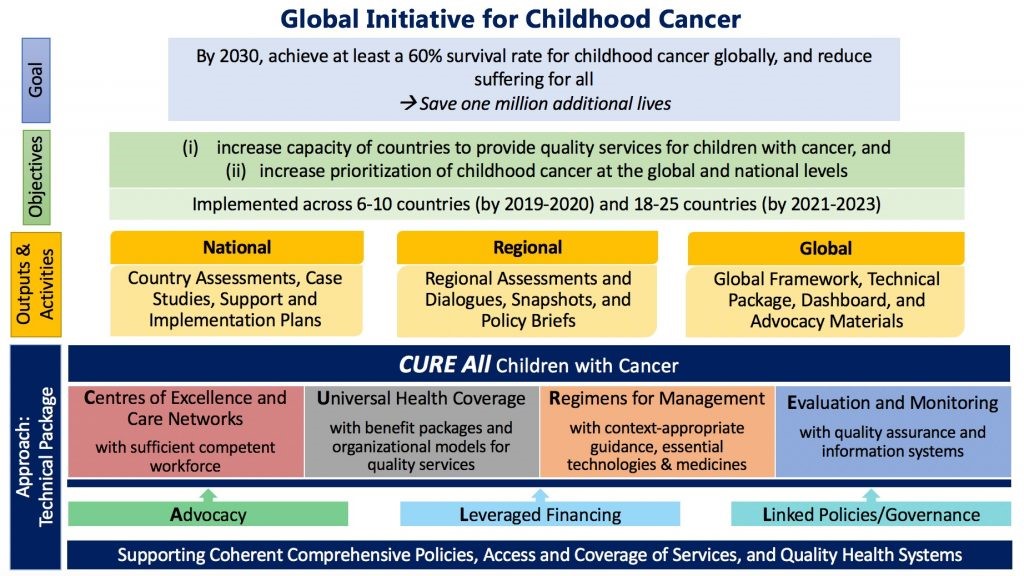Most common cancers found in kids 14 years and below are leukemia, lymphoma, or cancer of the brain or central nervous system. More than one in four people diagnosed with bone cancer are under 20 years of age.
Similar to adult malignancies, the majority of childhood cancers are caused by changes or mutations in genes, which cause uncontrolled cell proliferation and eventually cancer. Germline variations, which are genetic alterations (or variants) transferred from parents to their offspring, have been linked to an elevated risk of cancer
The types of treatment that a child with cancer receives will depend on the type of cancer and how advanced it is. Common treatments include: surgery, chemotherapy, radiation therapy, immunotherapy, and stem cell transplant.
The types of cancers that occur most often in children are different from those seen in adults. The most common cancers of children are:
- Leukemia
- Brain and spinal cord tumors
- Neuroblastoma
- Wilms tumor
- Lymphoma (including both Hodgkin and non-Hodgkin)
- Rhabdomyosarcoma
Children’s cancers are not always treated like adult cancers. Pediatric oncology is a medical specialty focused on the care of children with cancer. It’s important to know that this expertise exists and that there are effective treatments for many childhood cancers.
What causes cancer in children?
Cancer occurs in people of all ages and can affect any part of the body. It begins with genetic change in single cells, that then grow into a mass (or tumour), that invades other parts of the body and causes harm and death if left untreated. Unlike cancer in adults, the vast majority of childhood cancers do not have a known cause. Many studies have sought to identify the causes of childhood cancer, but very few cancers in children are caused by environmental or lifestyle factors. Cancer prevention efforts in children should focus on behaviours that will prevent the child from developing preventable cancer as an adult.
Some chronic infections, such as HIV, Epstein-Barr virus and malaria, are risk factors for childhood cancer. They are particularly relevant in LMICs. Other infections can increase a child’s risk of developing cancer as an adult, so it is important to be vaccinated (against hepatitis B to help prevent liver cancer and against human papillomavirus to help prevent cervical cancer) and to other pursue other methods such as early detection and treatment of chronic infections that can lead to cancer.
Current data suggest that approximately 10% of all children with cancer have a predisposition because of genetic factors [5]. Further research is needed to identify factors impacting cancer development in children.
